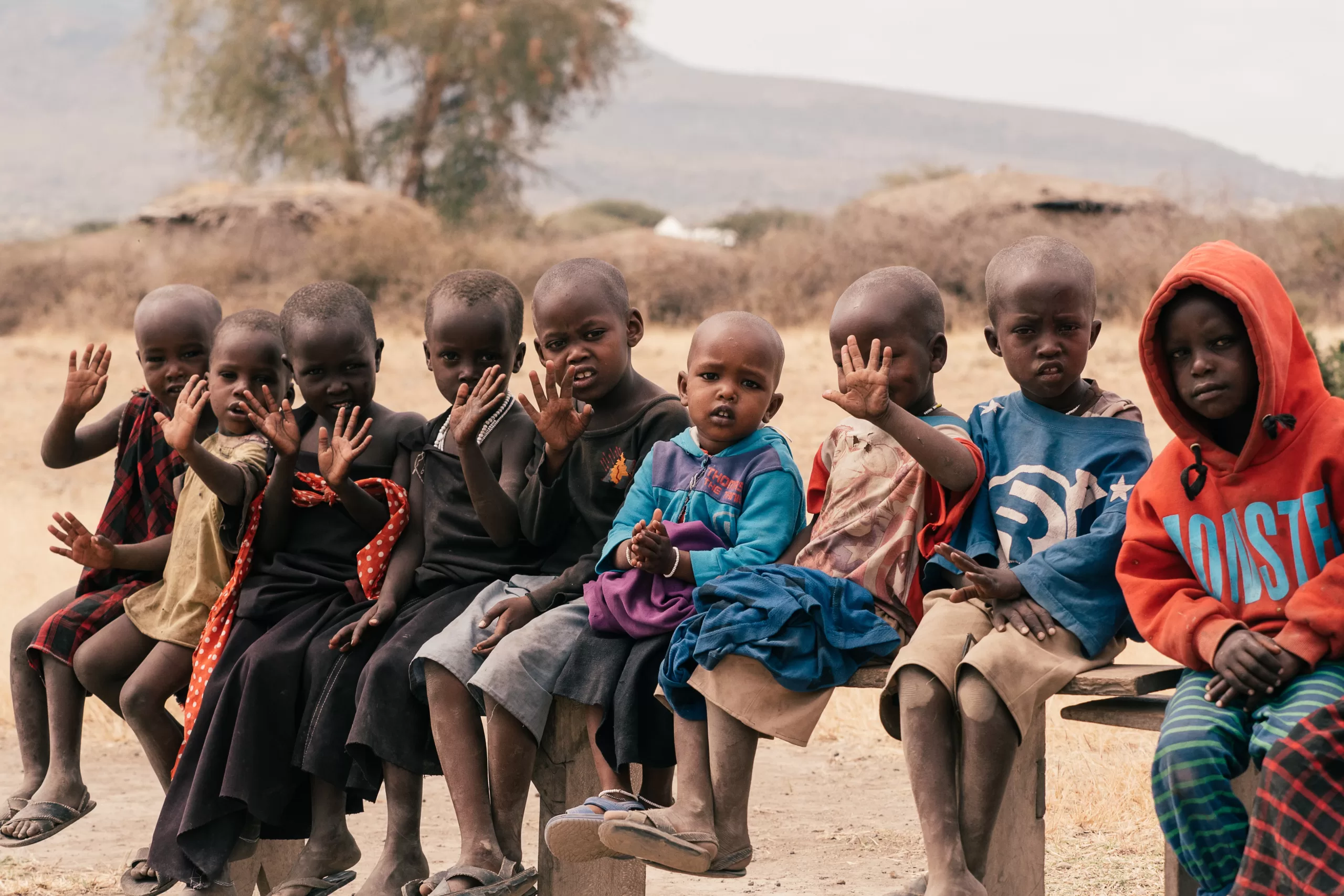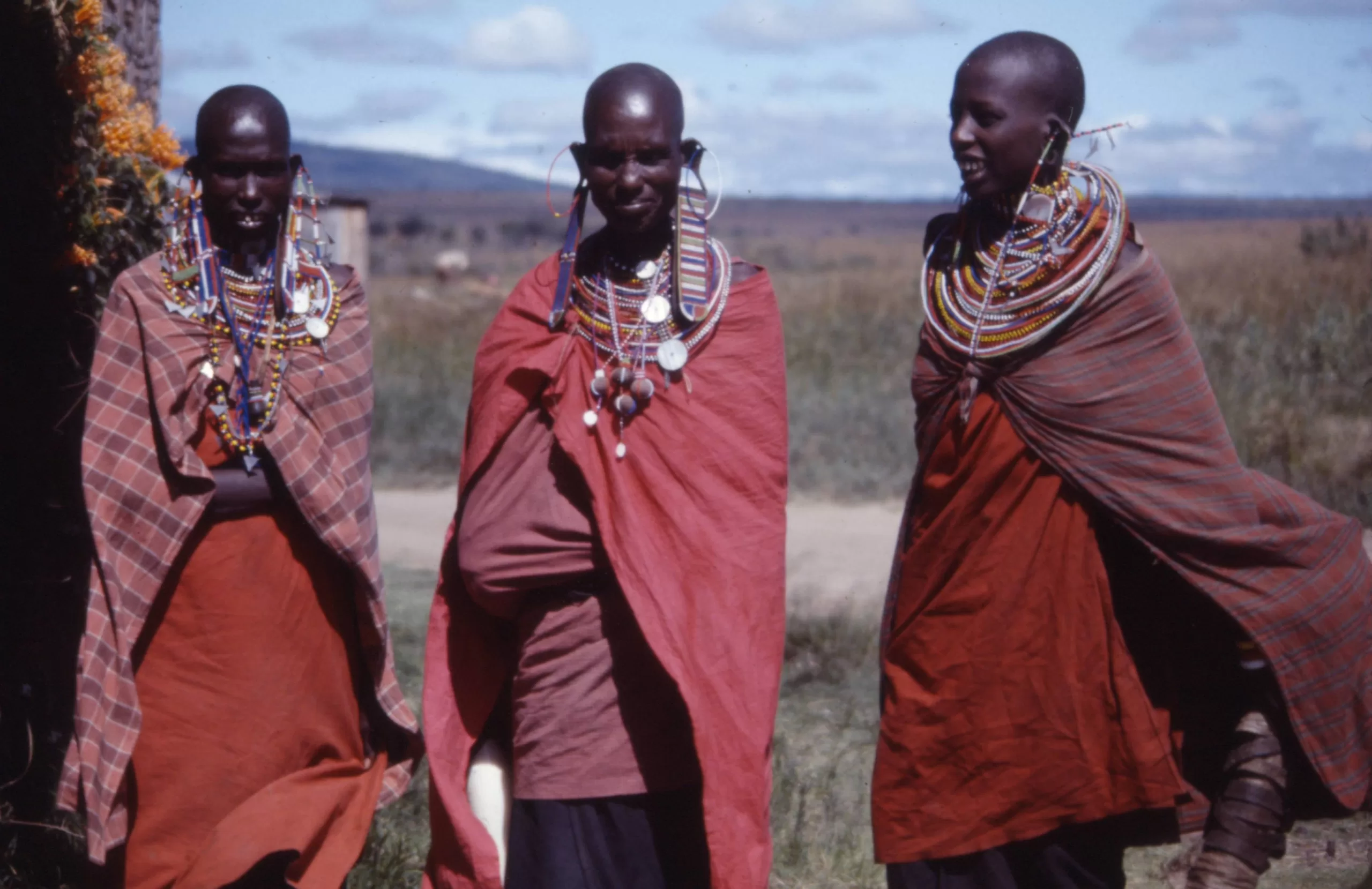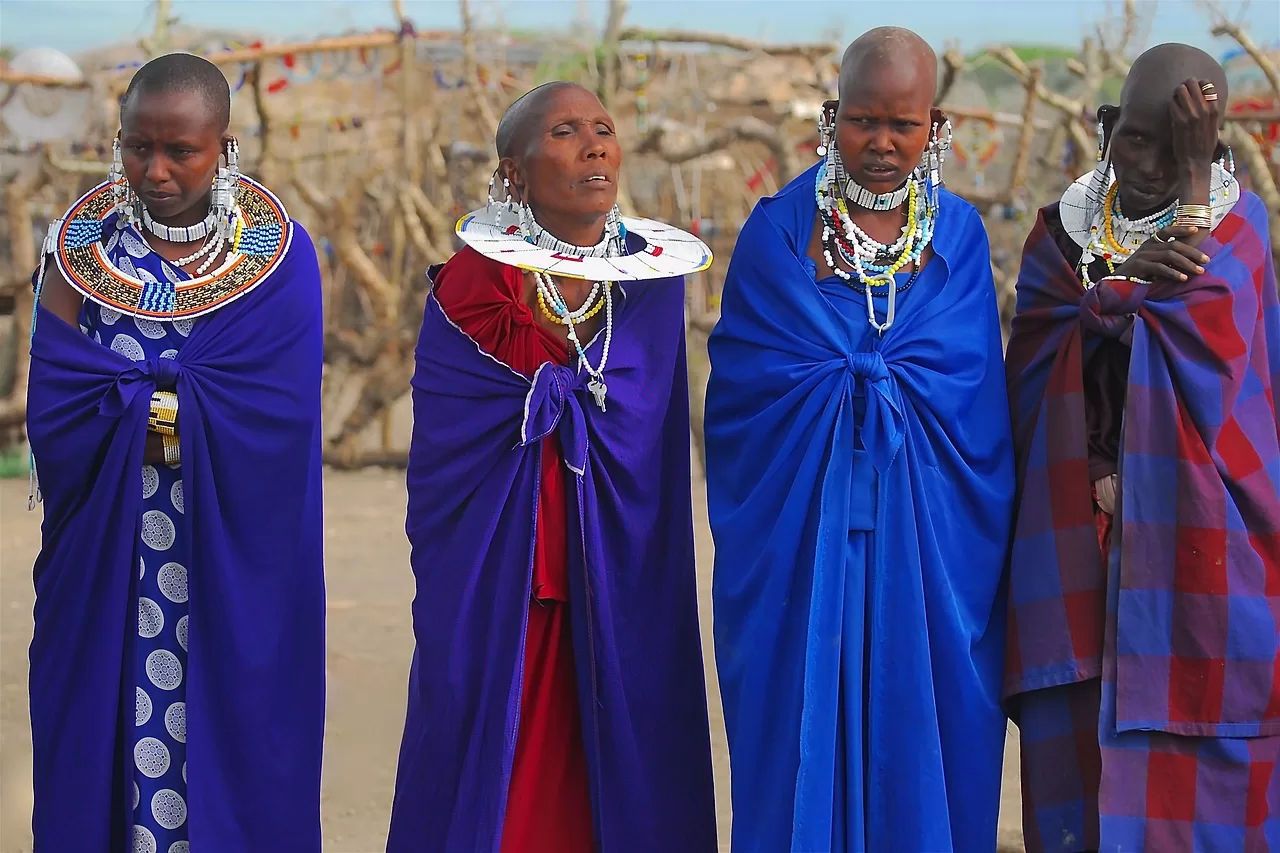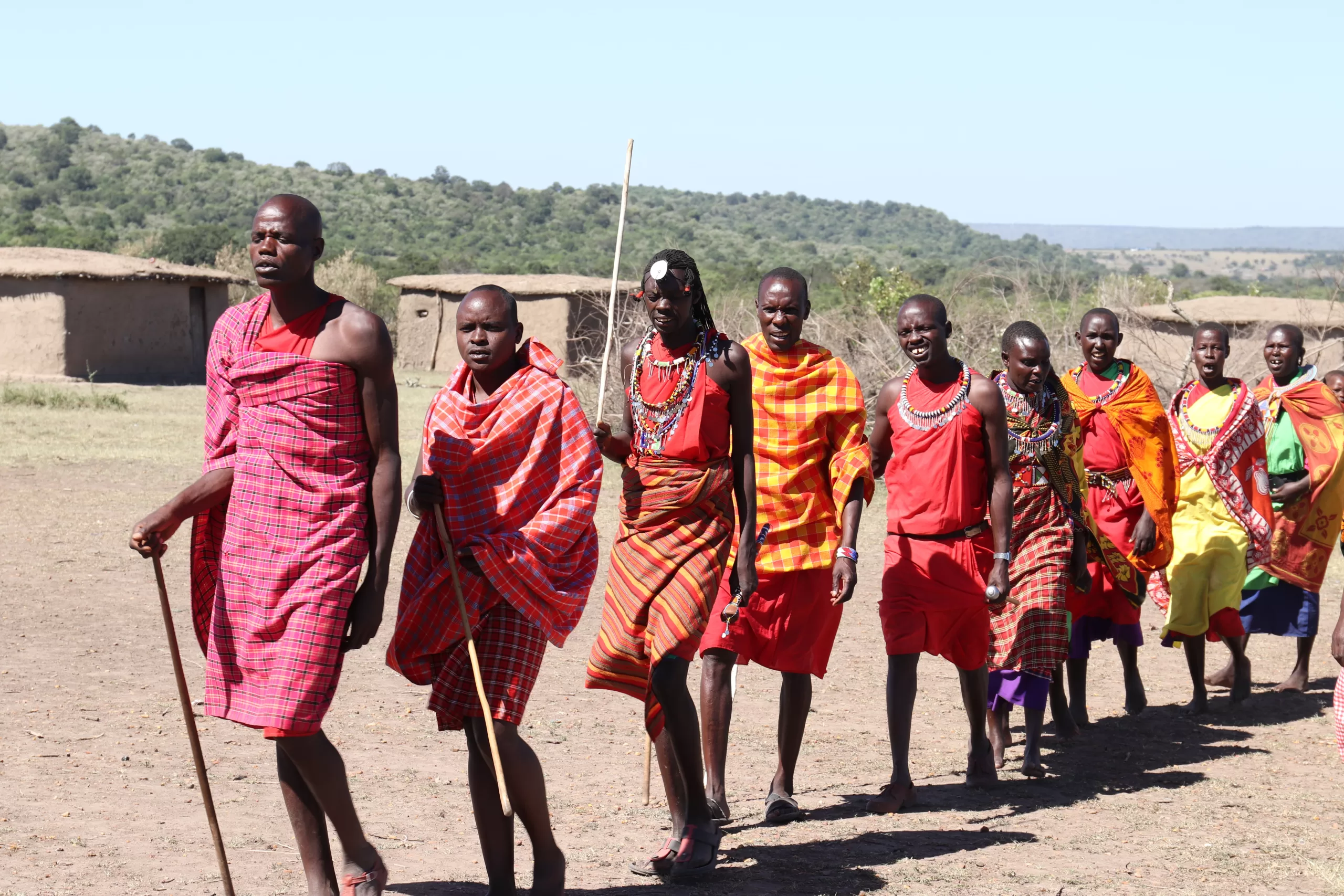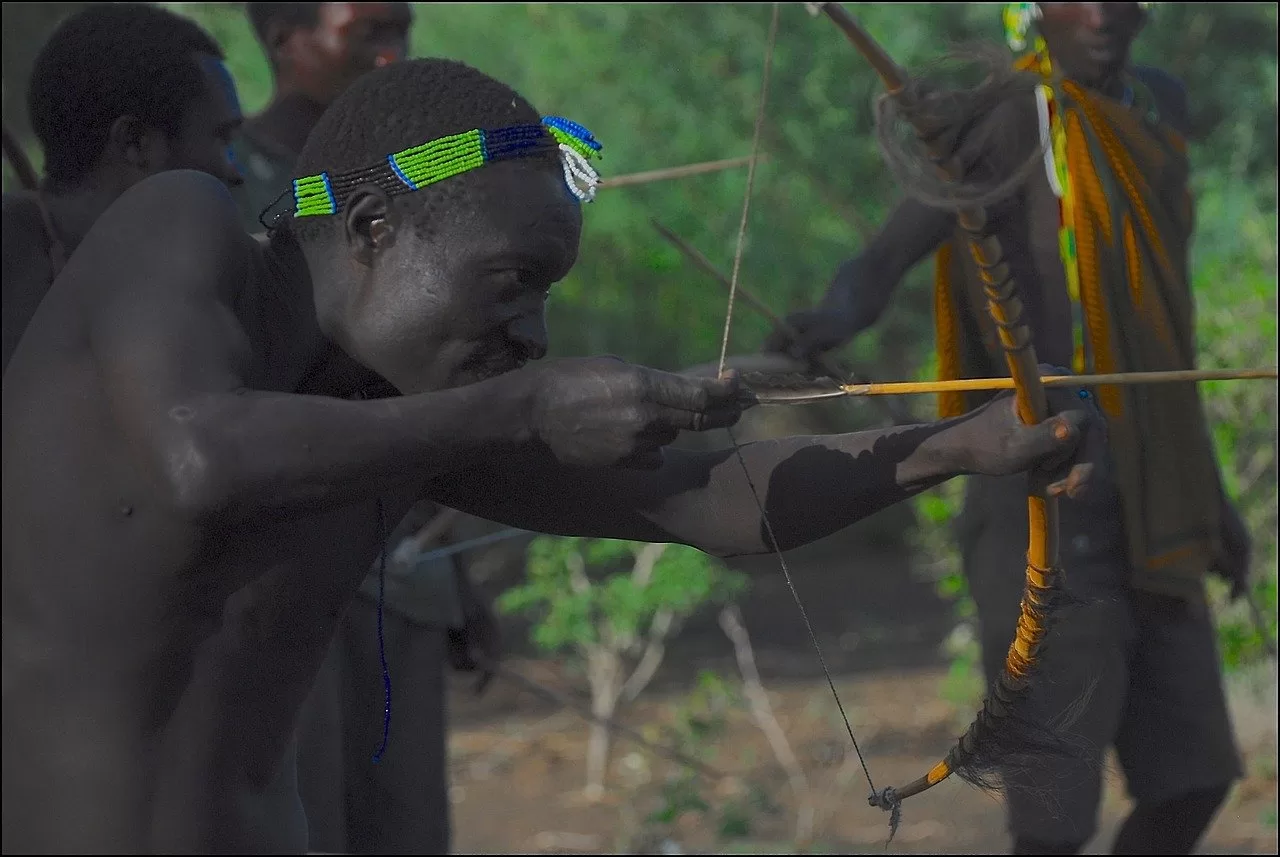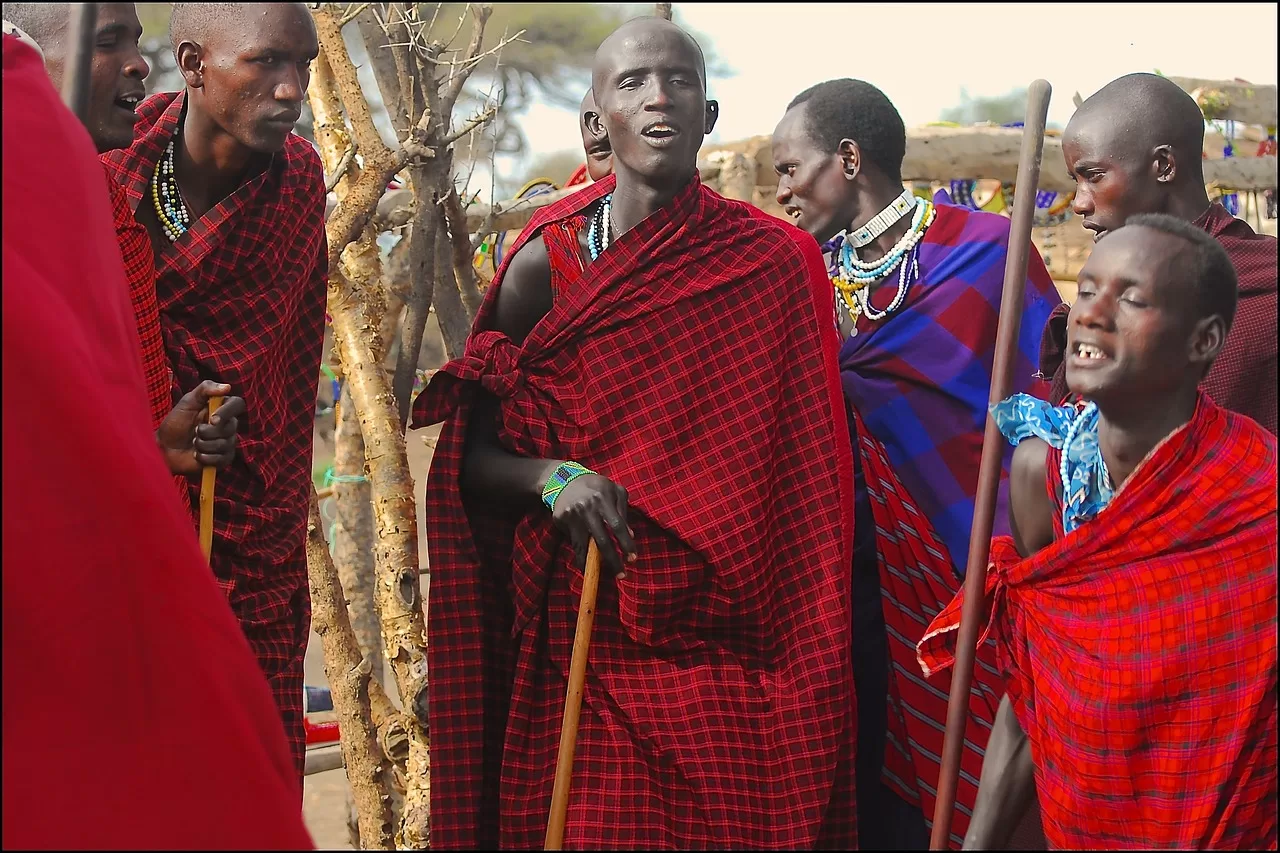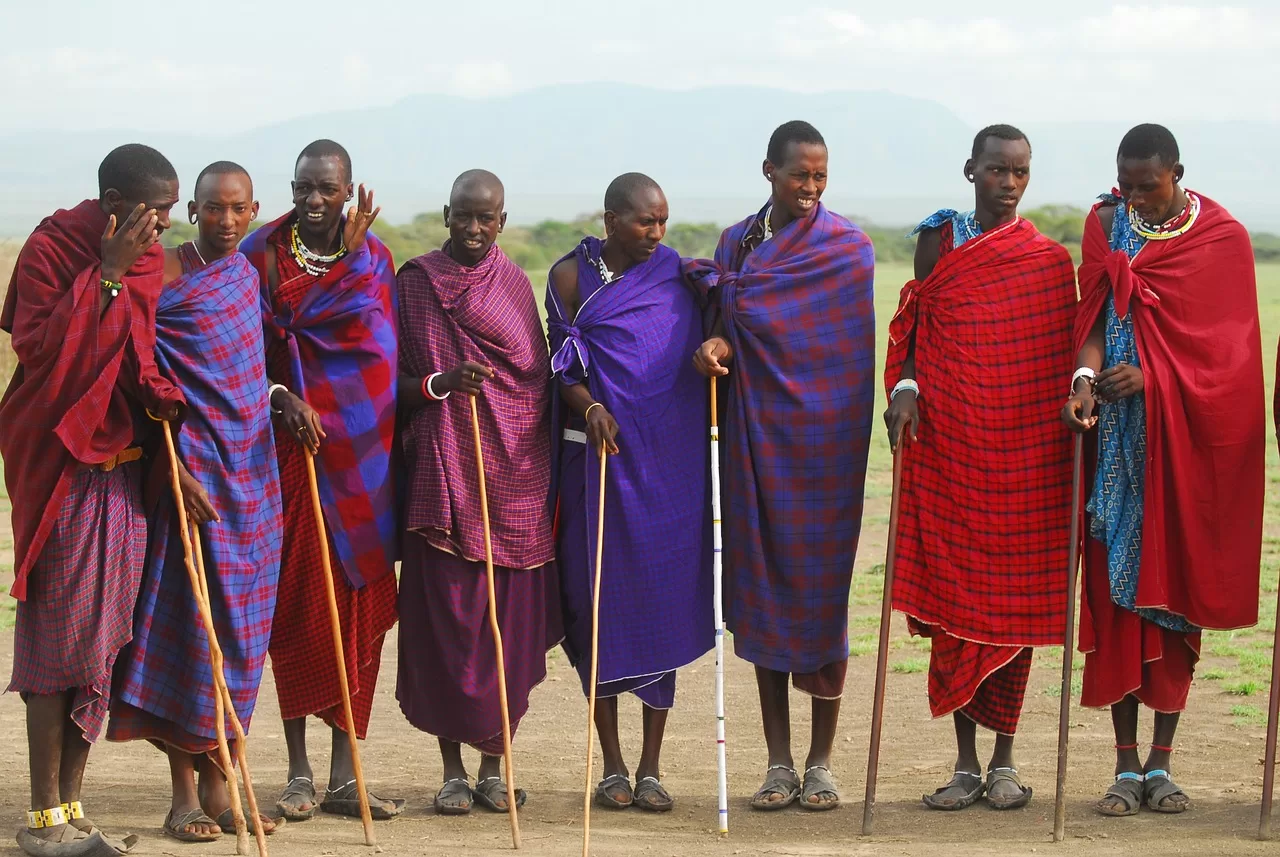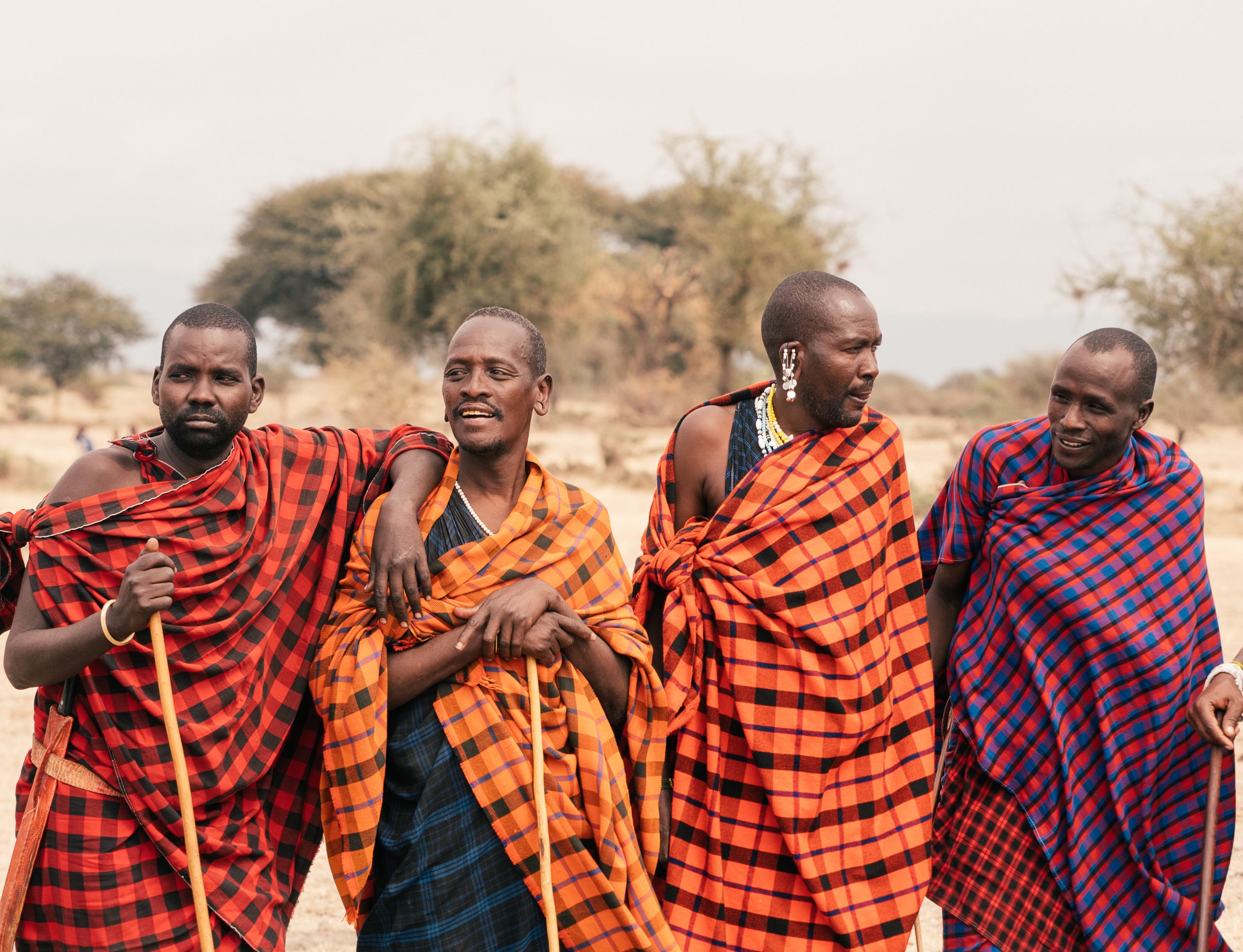Tanzania, nestled in the heart of East Africa, is known for its amazing wildlife and breathtaking landscapes. But, beyond its natural beauty, it is also home to various indigenous people, contributing to the country’s rich cultural diversity. With around 120 distinct tribes scattered across its land, Tanzania’s cultural mosaic is proof of the beauty of human heritage. These tribes greatly influence the identity of Tanzania, with each community adding its unique thread to the country’s rich fabric.
Diversity of Tanzanian Tribes
The Tribes of Tanzania are extremely different in terms of cultures, languages, and ways of life. Every geographical area, from the lush coastal areas to the huge savannahs and the high peaks of Kilimanjaro, is home to different tribes. This diversity is evidence of the historical and geographical factors that have shaped Tanzania’s population over the centuries. From the shores of the Indian Ocean to the Rift Valley, every tribe has evolved in harmony with its environment. The tribe beautifully portrays the history of Tanzania while showing how each community adapted in harmony to its surroundings over many centuries.
Cultural Significance of Tanzanian Tribes
The Tanzanian Tribe is significantly important to the culture. These indigenous tribes still keep up with the ancient customs, folklore, and artistic expressions that have been passed down through the ages. They serve as a living representation of its past and offer an insight into the country’s historical roots. A few examples of the amazing cultural tapestry that these tribes create include the beadwork of the Maasai, Sukuma’s rhythmic dances, and the unique click language of the Hadza.
Historical Evolution of Tanzanian Tribes
The historical development of the Tribe of Tanzania is intertwined with the history of the country. Today’s diverse mosaic of tribes is the result of centuries of migration, trade, and intertribal marriage. These tribes’ customs and traditions reflect the lasting impact of Arab and European commerce and colonial rulers as well. However, despite these outside forces, the Tanzanian Tribe has been able to maintain its basic values and traditional practices.
Major Tanzanian Tribes
Here are some of the remarkable aboriginal tribes of Tanzania, shedding light on their unique ways of life, culture, and beliefs.
Chagga Tribe
The third largest tribe group in Tanzania is The Chagga Tribe, which resides on Mount Kilimanjaro’s southern slopes. They are Bantu-speaking and well-known for their incredible agricultural expertise, unique culture, and impact on the growth of East Africa’s highlands. Their close relationship with the environment shows their adaptability and power, making them the guardians and representatives of the culture of Kilimanjaro through lasting costumes and expressive art.
Chagga Cultural Traditions
The farming tradition of the Chagga tribe deeply impacts their cultural identity through terraced fields that showcase agricultural skills, vital crops, and spiritual rituals like “Kilio cha Moy”, honouring ancestors. With distinct leaders and responsibilities, clan structure further defines Chagga society.
Chagga Language and Communication
Language connects the Chagga people and their unique culture. There are various regional dialects of the Chagga language, which is a part of the Bantu family. Although they can communicate with one another, the dialects of the Chagga people are unique.
Chagga Art and Craftsmanship
Pottery, woodwork, and unique circular thatched-roof dwellings (“msonga”) made for shelter against severe weather are just a few examples of the Chagga people’s exceptional artistic talent in their traditional crafts. Their magnificent wooden doors and tableware show their notable artistic detail.
Sukuma Tribe
The Sukuma Tribe mainly resides in Tanzania’s northwest and is the largest ethnic group there. With a population of almost 5 million, they greatly impact Tanzania’s cultural landscape. “To push” or “to move forward” is the meaning of their name, Sukuma, and it is evident in their dedication to maintaining their tradition and way of life in today’s context of a changing world.
Sukuma Lifestyle and Traditions
The Sukuma people are well-known for their close-knit family structures and a strong sense of community. The community traditionally divides itself into clans, each of which holds its own set of traditions and rituals. The community values elders for their knowledge and experience, giving them a special place within the community. The Sukuma culture places a strong emphasis on ancestral worship, with offerings and ceremonies held to remember their ancestors.
Sukuma Agricultural Practises
The Sukuma tribe depends heavily on agriculture for both economic survival and nutrition. They are expert farmers who raise a range of crops, including beans, millet, sorghum, and maize. Their cutting-edge irrigation methods, like the tiza system, help to maintain a constant food supply even during periods of drought. The Sukuma people have a strong connection with the land, and their farming techniques are strongly based on the customs and knowledge that have been passed down through the years.
Sukuma Music and Dance
The Sukuma tribe values music and dance as a way to celebrate, express their emotions, and maintain their cultural identity. The tribe is well-known for its energetic traditional dances, such as the “Malampaka” and “Ingoma,” which include basic drumming, singing, and colourful clothing. Through the narrative that generally follows these performances, the younger generations are taught the history and insight of the tribe.
Maasai Tribe
A semi-nomadic indigenous tribe that settled in northern Tanzania and Kenya. Despite the development, the Maasai, also referred to as “the people of cattle”, have kept their traditions and ways of life. The Maasai tribe is one of the most well-known and well-liked ethnic groups in the world because of its common traditions, attire, and closeness to the several national parks in East Africa.
Maasai Nomadic Lifestyle
The essence of this culture is the Nomadic lifestyle of the Maasai people, who travel across huge areas of terrain in search of water and grasslands for their precious cattle. The tribe’s close connection with the land and keen observation of wildlife are both clear evidence of their profound attachment to the natural world. For food, trade, and social status, the Maasai, who are avid cattlemen, greatly depend on their animals. Tanzania’s fragile ecosystems manage to survive due to their minimal impact on the environment and nomadic lifestyle.
Maasai Social Structure
The social structure of the Maasai community is an interesting combination of roles and responsibilities. Elders, or “Laibon”, offer spiritual guidance and manage conflicts. The “Morans,” or warriors, protect the tribe and the animals. Women are responsible for constructing homes, making jewellery, and maintaining their individuality. This structure enhances the Maasai people’s sense of purpose and togetherness.
Maasai Rites of Passage
The Maasai tribe places a strong value on the rituals of life, which highlight the major turning points in life. Young boys undergo circumcision and then become Morans, marking their entry into adulthood and becoming warriors, while girls participate in the “Emuratare” ritual for womanhood and marriage. These traditions uphold the tribe’s past and build bonds among its members, which are essential to its survival.
Hadza Tribe
Tanzania’s Lake Eyasi region is home to the Hazda Tribe, which is one of the world’s few remaining hunter-gatherer tribes. The Hazda, who number around 1,300, have managed to maintain their traditional ways and self-sufficient way of life despite the advancement of modernity. Their incredible connection to the environment and their centuries-old traditions provide insight into the lives of our earliest ancestors.
Hadza Hunter-Gatherer Lifestyle
The Hazda’s way of life is based on their exceptional hunting and gathering skills. With bows and arrows in hand, Hazda men go on hunting outings in search of a variety of game animals, including baboons, antelopes, and birds. On the other hand, women gather food from diverse landscapes, including fruit, berries, edible roots, and vegetables. This tough balance, which also encourages a strong sense of connection to their surroundings, maintains the tribe’s nutrition.
Hadza Language and Communication
The Hadza people are well known for their unique language, which uses a complex system of clicks and sounds. The Hazda people have a strong connection to nature, which is reflected in the abundance of words in their language that describe various aspects of their environment. Effective communication is crucial for their ability to plan group hunting expeditions, ensure the tribe’s survival, and get by in the harsh African jungle.
Traditional Hadza Knowledge
The traditional knowledge of the Hadza Tribe involves a profound understanding of nature that goes beyond simple survival skills. The Hadza’s traditional knowledge demonstrates their peaceful interaction with the ecosystem in which they live, from knowing medicinal plants to interpreting animal behaviour based on their environment. Due to their understanding of nature and its cycles, the tribe has been able to survive for many centuries.
Hehe Tribe
Tanzania’s Heehe Tribe is a living example of the continent’s rich cultural heritage. With a long history, this tribe has evolved and adapted while maintaining its uniqueness. The Hehe tribe has established a place for itself in the complex network of African tribes, enhancing the extraordinary cultural heritage of the continent.
Hehe Cultural Heritage
The cultural heritage of the Hehe Tribe combines customs, artwork, and beliefs in a captivating way. Their colourful artwork, which includes beadwork and fabrics, reflects their connection to the natural world and spirituality. People highly value and often incorporate dance and music to enhance major events like harvests. These customs serve to both describe the tribe and show off their close relationship to the land.
Hehe Warrior Traditions
One of the most striking aspects of the Hehe tribe is its warrior tradition. The Hehe people were once well-known for their fierce resistance to external forces. With the support of their warriors, who were renowned for their bravery and cleverness, they drove the invaders back. The tribe’s identity is closely tied to its warrior culture, which stands for their determination and dedication to maintaining their way of life.
Impact of Colonialism on the Hehe Tribe
The Hehe and other native African landscapes were impacted by the invasion of European colonists. The battle between the Hehe tribe and German colonisers in the late 1800s marked a turning point. They opposed German rule strongly, led by Chief Mkwawa. Despite their bravery, the colonial force won, and Chief Mkwawa suffered a horrific death. Colonialism, which also resulted in land loss, forced labour, and cultural limitations, broke apart their social structure. Hehe’s strong spirit, nevertheless, was able to save some of its cultural artefacts.
Makonde Tribe
The Makonde Tribe, which has roots in northern Mozambique and southeast Tanzania, is well-known for its creative talent and rich cultural history. They have a population of nearly 1.5 million, a complex social structure, and traditions that have had a lasting impact on the world.
Makonde Wood Carving and Art
The Makonde wood carving is a representation of the tribe’s artistic skill. Their carvings, which are famous across the world, show people, mythical creatures, and abstract shapes. The materials and themes that the tribe chose reflect their close connection to nature while displaying their mastery of this unique skill.
Makonde Cultural Expressions
Makonde uses music, dance, and storytelling to celebrate life. Their colourful dances, which are accompanied by music that has a beat, provide a window into their rituals and beliefs. Storytelling is an important part of their culture because it conveys ideals, history, and traditions down the generations, preserving the tribe’s legacy.
Modern Challenges and Adaptations of the Makonde
In a world that is changing quickly, the Makonde Tribe must deal with modern issues while preserving their traditions. Urbanisation, education, and globalisation create opportunities, but they also run the risk of losing traditions. To balance cultural preservation and long-term economic viability, some Makonde artists have adapted their work for commercial usage.
Preservation of Tanzanian Tribal Heritage
Importance of Preserving Tribal Culture
These cultures offer an abundance of knowledge about eco-friendly living, protecting wildlife, and getting along with the environment. Their rituals, artwork, music, and storytelling all contain priceless gems of wisdom that might help modern communities rediscover their connection to nature.
Threats to Tanzanian Tribal Identities
Tanzanian tribes are important, but they are also threatened in several ways that affect their identity. Traditional ways of life may be lost to modernization, encroachment on their land, and influences from other cultures. Furthermore, the push to adopt contemporary lifestyles might occasionally lead to the extinction of indigenous languages, beliefs, and rituals.
Efforts in Tribal Heritage Conservation
Fortunately, several initiatives are being taken to preserve the legacy of Tanzanian tribes. These communities are working with organisations, scholars, and cultural advocates to preserve their traditions, advance sustainable livelihoods, and make sure their views are heard during decision-making processes. These initiatives provide tribal members with the confidence they need to cherish their cultural heritage and preserve their identities for future generations.
The aboriginal tribes of Tanzania represent an essential component of the country’s culture. Their unique cultures, dialects, and ways of life provide a window into the lasting connections created between individuals and the place they call home. Exploring these tribes not only deepens our understanding of human diversity but also serves as a reminder of the value of honouring and protecting indigenous communities’ cultural history on a global scale.
If you loved reading this story, then subscribe to our blog here (it will ask to verify your email) to get inspiring travel stories and trivia delivered to your email. Stories about wildlife trivia, cultural experiences, curated luxury hotel lists, underrated places to travel, polar journeys, and much more.



